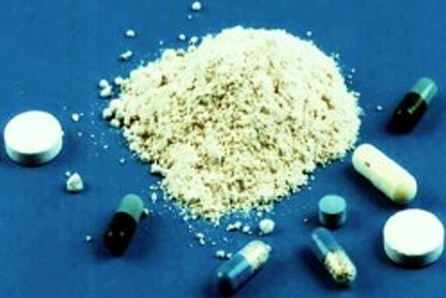Drug Facts & Figures
Amphetamine

Contracted from alpha ‑ Methyl phenethylamine) is a potent central nervous system (CNS) stimulant of the Phenethyla mine class that is used to treat attention deficit hyperactivity disorder (ADHD) and narcolepsy. Historically, it has been used medically as a nasal decongestant and as a treatment for depression and obesity. Amphetamine is also used as a performance and cognitive enhancer, and, in spite of the significant health risks associated with uncontrolled or high dose use, some individuals use it recreationally as an aphrodisiac or a euphoria. Although it is a prescription medication, possession and distribution of amphetamine is tightly controlled in most countries. Consequently, amphetamine is illegally synthesized by clandestine chemists, trafficked, and sold.
Based upon drug and drug precursor seizures, amphetamine production and trafficking is much less prevalent than that of methamphetamine. Amphetamine stimulates the medullar respiratory centers, which increases the rate of respiration and produces deeper breaths In a normal individual at therapeutic doses, amphetamine does not noticeably increase the rate of respiration or produce deeper breaths, but when respiration is already compromised, they may stimulate respiration. Amphetamine also induces contraction in the urinary bladder sphincter, which can result in difficulty urinating; however, this effect also makes amphetamine useful in treating enuresis and incontinence. In contrast, the effects of amphetamine on the gastrointestinal tract are unpredictable. Amphetamine may reduce gastrointestinal motility if enteric activity is high, or increase motility if the smooth muscle of the tract are relaxed. Amphetamine also has a slight analgesic effect and can further enhance the analgesia of opiates.

